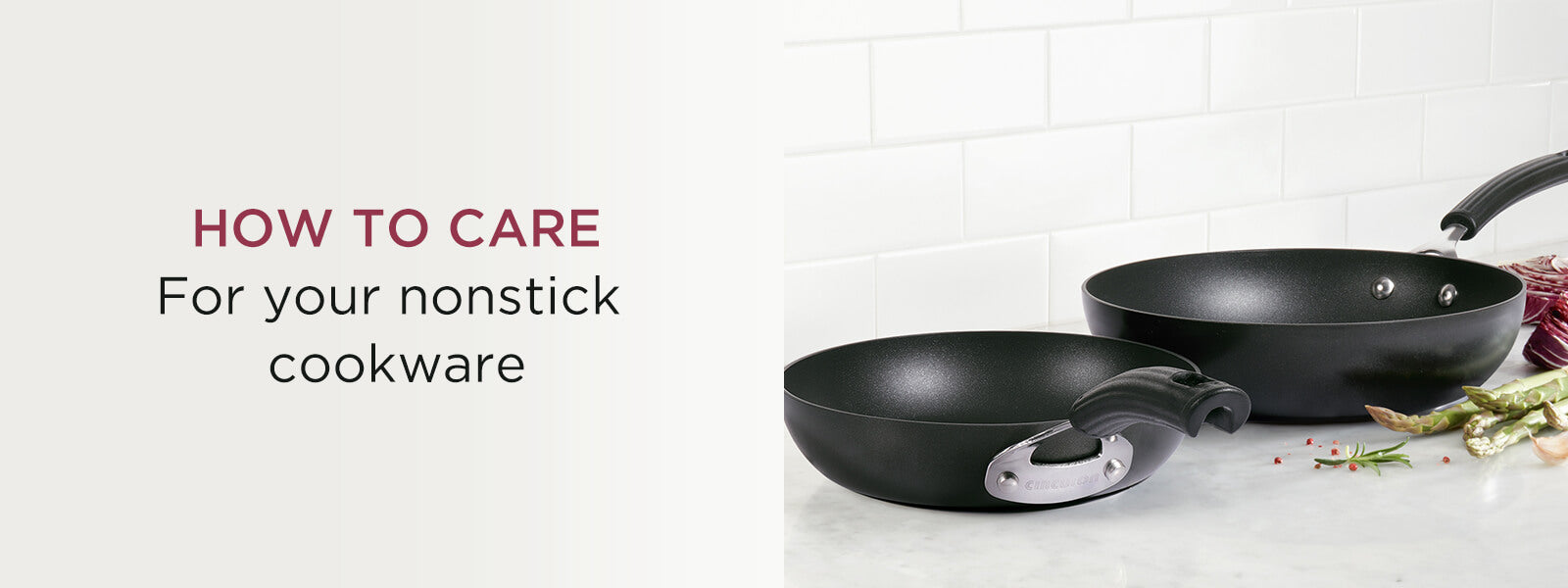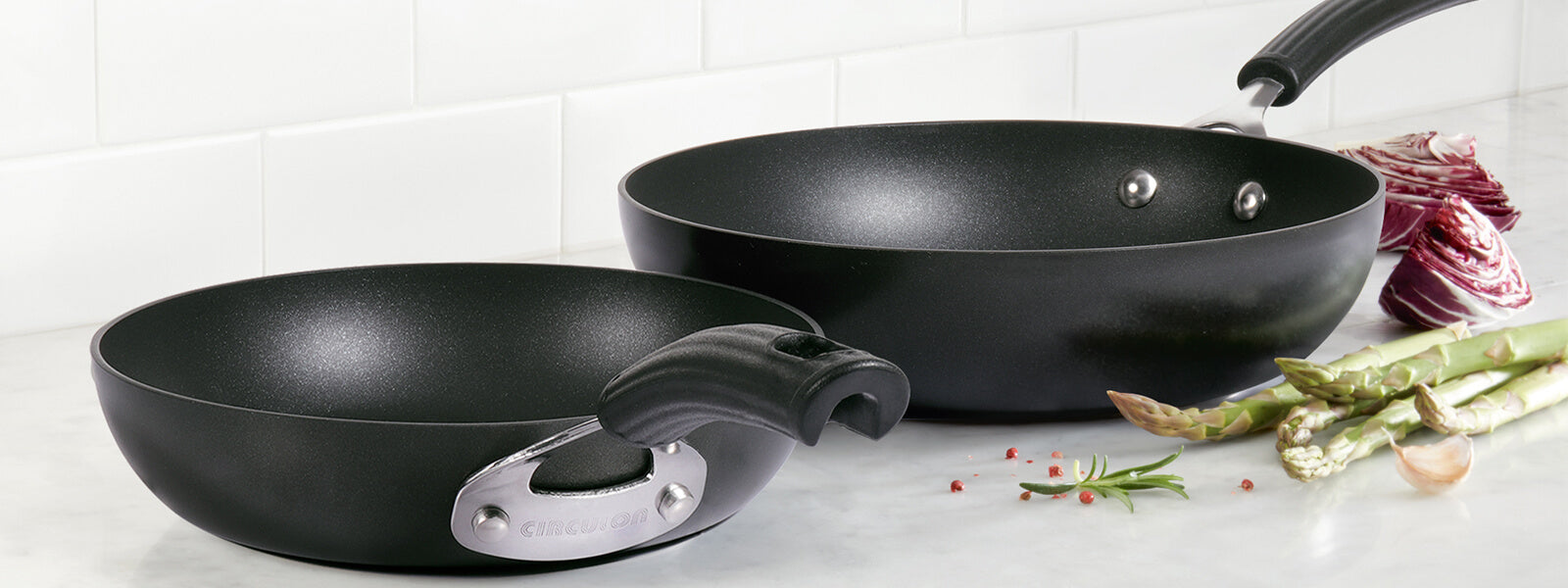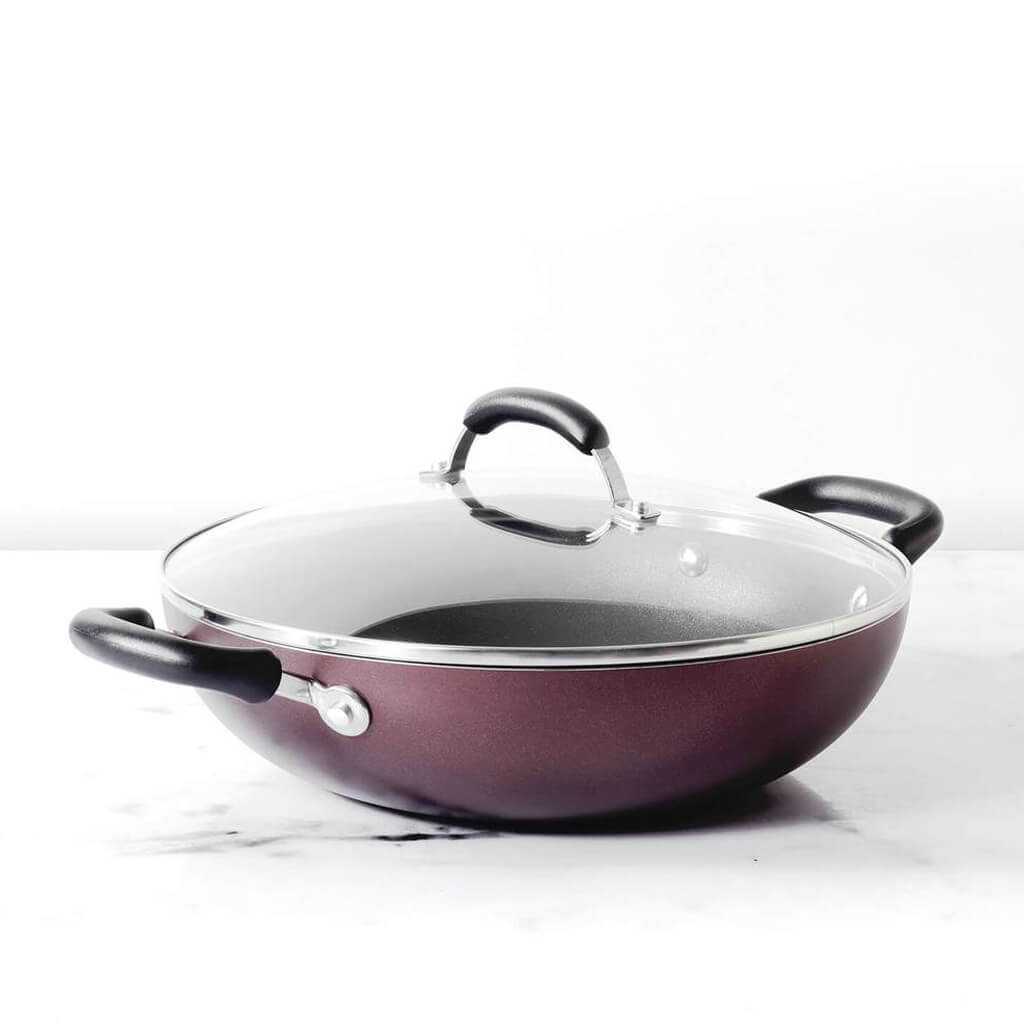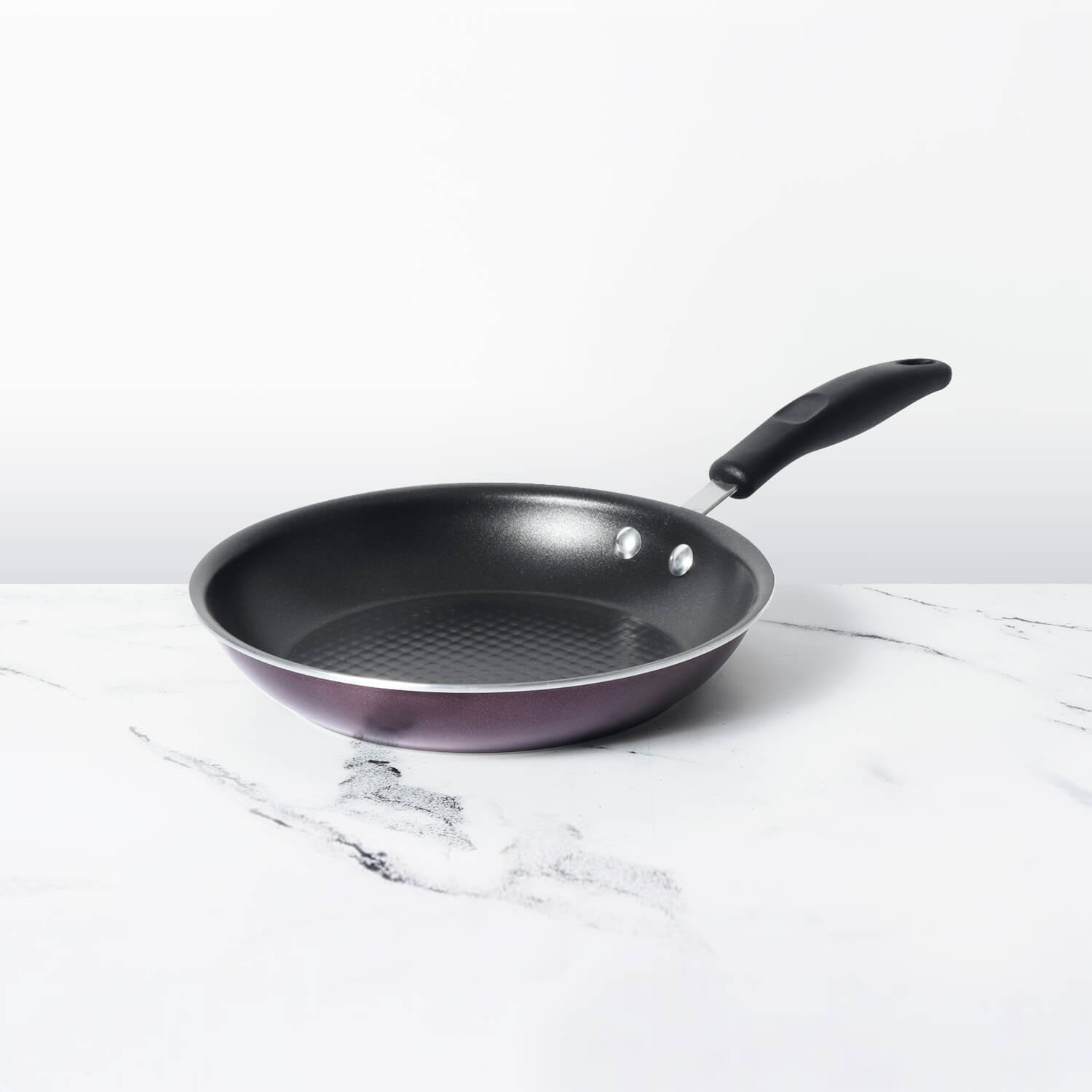Millets have emerged as a prominent gluten-free superfood, celebrated for their nutritional richness and versatility in culinary applications. Unlike traditional grains like wheat, barley, and rye, millets do not contain gluten, a protein composite that can trigger adverse reactions in individuals with celiac disease or gluten intolerance. This characteristic alone makes millets a preferred choice for those seeking gluten-free alternatives to grains that can be hard on their digestive systems.
Table of Contents
What Makes Millets a Gluten-Free Superfood?
Millets belong to a group of small-seeded grasses cultivated worldwide for their resilience and adaptability to various climatic conditions. They encompass diverse varieties such as foxtail, finger, pearl, barnyard, and kodo millet, each offering unique textures and flavors. Millets are inherently gluten-free, making them safe for consumption by individuals with celiac disease or gluten sensitivity. Their gluten-free nature ensures that they do not trigger the immune response and intestinal damage associated with gluten consumption.
Benefits of Gluten-Free Food
Gluten-free foods, including millets, offer several health benefits beyond catering to dietary restrictions. They can improve digestive health by reducing inflammation and discomfort associated with gluten intolerance. Moreover, opting for gluten-free alternatives can lead to better nutrient absorption, enhanced energy levels, and improved overall well-being. For individuals with celiac disease, adhering to a gluten-free diet is essential for managing symptoms and preventing long-term complications.
How is Gluten-Free Food Different from Others?
Gluten-free foods differ from traditional grains primarily in their protein composition. While wheat, barley, and rye contain gluten—a protein that gives dough its elasticity and structure—millets and other gluten-free grains rely on alternative proteins and carbohydrates for their nutritional value. This distinction makes gluten-free foods a suitable option for individuals looking to diversify their diet while avoiding gluten-related health issues.
Who Should Opt for Gluten-Free Food?
Gluten-free food is particularly beneficial for individuals diagnosed with celiac disease, an autoimmune disorder triggered by gluten consumption. It is also recommended for those with non-celiac gluten sensitivity, a condition characterized by similar symptoms to celiac disease without the associated intestinal damage. Additionally, some individuals opt for gluten-free diets as a lifestyle choice to alleviate digestive discomfort or improve overall health.
Conclusion
Millets stand out not only as a gluten-free superfood but also as a versatile and nutritious addition to any diet. Their diverse varieties and culinary applications make them suitable for a wide range of dishes, from breakfast porridge to baked goods and savory meals. By choosing millets and other gluten-free foods, individuals can enjoy the health benefits of improved digestion, nutrient absorption, and overall well-being. Whether you have celiac disease, gluten sensitivity, or simply wish to explore healthier dietary options, incorporating millets into your meals offers a delicious and nutritious alternative to traditional grains.











Leave a comment